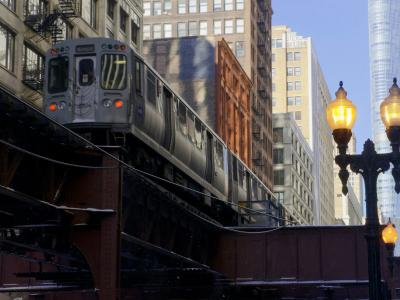-
State Data Overview
Across Montana, there is a shortage of rental homes affordable and available to extremely low income households (ELI), whose incomes are at or below the poverty guideline or 30% of their area median income (AMI). Many of these households are severely cost burdened, spending more than half of their income on housing. Severely cost burdened poor households are more likely than other renters to sacrifice other necessities like healthy food and healthcare to pay the rent, and to experience unstable housing situations like evictions.
KeyFacts27,397Or19%Renter households that are extremely low income-15,044Shortage of rental homes affordable and available for extremely low income renters$30,350Average income limit for 4-person extremely low income household$60,307Annual household income needed to afford a two-bedroom rental home at HUD's Fair Market Rent.65%Percent of extremely low income renter households with severe cost burden -
State Level Partners
NLIHC Housing Advocacy Organizer

Thaddaeus Elliott
State PartnersThere is currently no State Partner in this state. Learn the qualifications for becoming a State Partner.
Become an NLIHC State Partner
NLIHC’s affiliation with our state coalition partners is central to our advocacy efforts. Although our partners' involvement varies, they are all housing and homeless advocacy organizations engaged at the state and federal level. Many are traditional coalitions with a range of members; others are local organizations that serve more informally as NLIHC's point of contact.
Inquire about becoming a state partner by contacting [email protected]

-
Housing Trust FundHTF Implementation Information
NLIHC continues working with leaders in each state and the District of Columbia who will mobilize advocates in support of HTF allocation plans that benefit ELI renters to the greatest extent possible. Please contact the point person coordinating with NLIHC in your state (below) to find out about the public participation process and how you can be involved.
Current Year HTF Allocation$2,982,433
HTF State Resources2020
Proposed Method of Distribution portion of Annual Action Plan for HOME and HTF (PDF)
2019
Final Annual Action Plan with HTF Allocation Plan on page 74 (PDF)
Draft 2019 Annual Action Plan with HTF Allocation Plan on page 78 (PDF)
HTF and HOME Draft Application Guidelines (PDF)
HTF Application Guidelines (PDF)
2018
Final 2018 Annual Action Plan with HTF Allocation Plan on pages 74-83 (PDF)
Draft 2018 Annual Action Plan, with draft HTF Allocation Plan, pages 76-85 (PDF)
2017
Public hearing presentation (PDF)
Housing Trust Fund Program Rental Housing Application Guidelines (PDF)
Draft Phase II Rental Housing Application Guidelines (PDF)
Final HTF Allocation Plan (PDF)
Draft Annual Action Plan, with HTF information interspersed (PDF)
2016
HUD-Approved 2016 Allocation Plan (PDF)
Draft HTF Allocation Plan by Montana Department of Commerce (PDF)
State Designated EntityOfficial Directly Involved with HTF ImplementationJulie Flynn
406-841-2890
[email protected]NHTF-specific Pages
Housing Trust Fund
Consolidated Plan Documents -
ResourcesResources
Housing Profiles
State Housing Profile
State Housing Profile: Montana (PDF)
Congressional District Housing Profile
Congressional District Profile: Montana (PDF)
Research and Data
National Housing Preservation Database
The National Housing Preservation Database is an address-level inventory of federally assisted rental housing in the United States.
Out of Reach: The High Cost of Housing
Out of Reach documents the gap between renters’ wages and the cost of rental housing. In Montana and Nationwide
The Gap: A Shortage of Affordable Rental Homes
The Gap represents data on the affordable housing supply and housing cost burdens at the national, state, and metropolitan levels. In Montana and Nationwide
Other Links
Explore Other States
